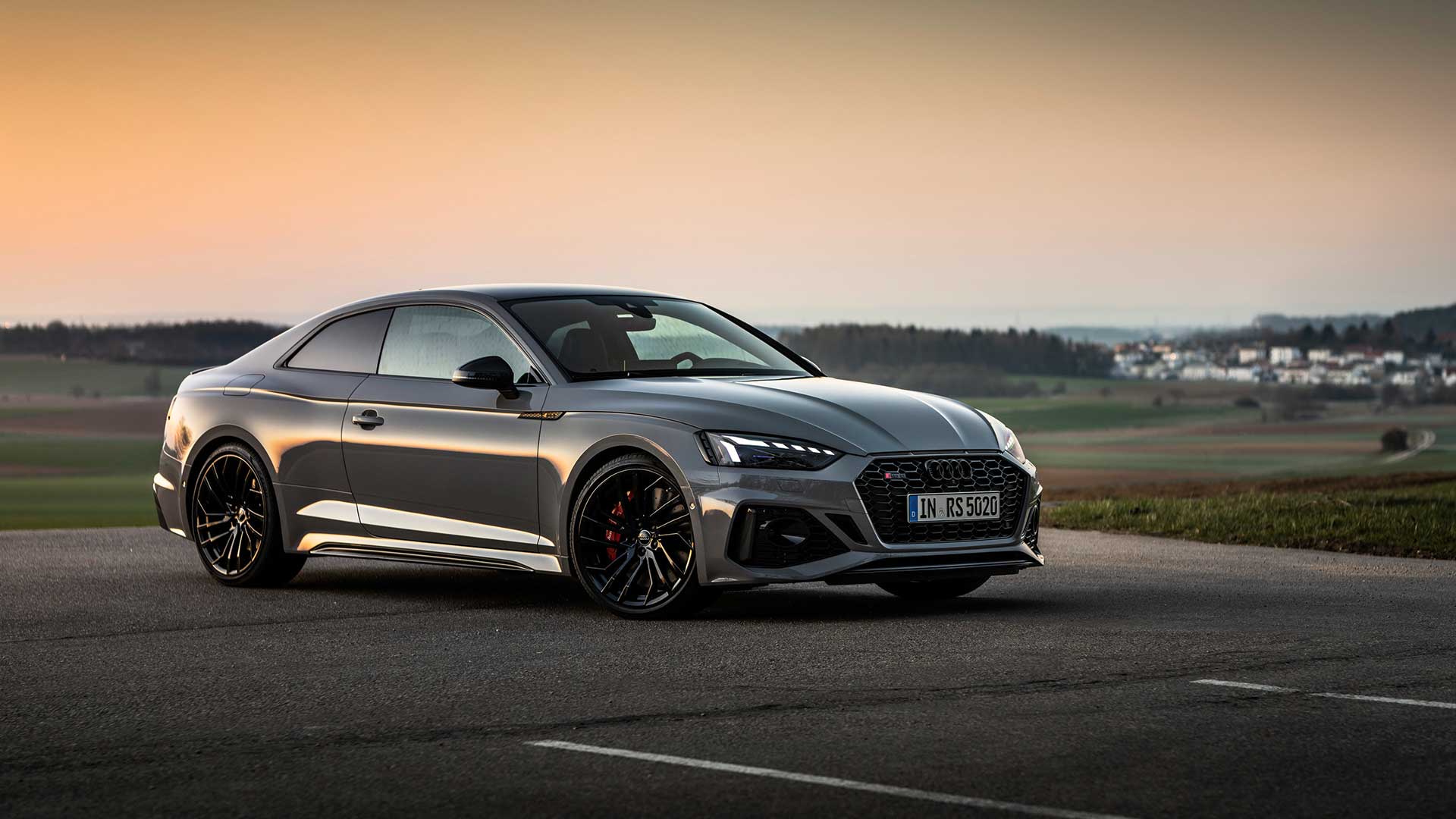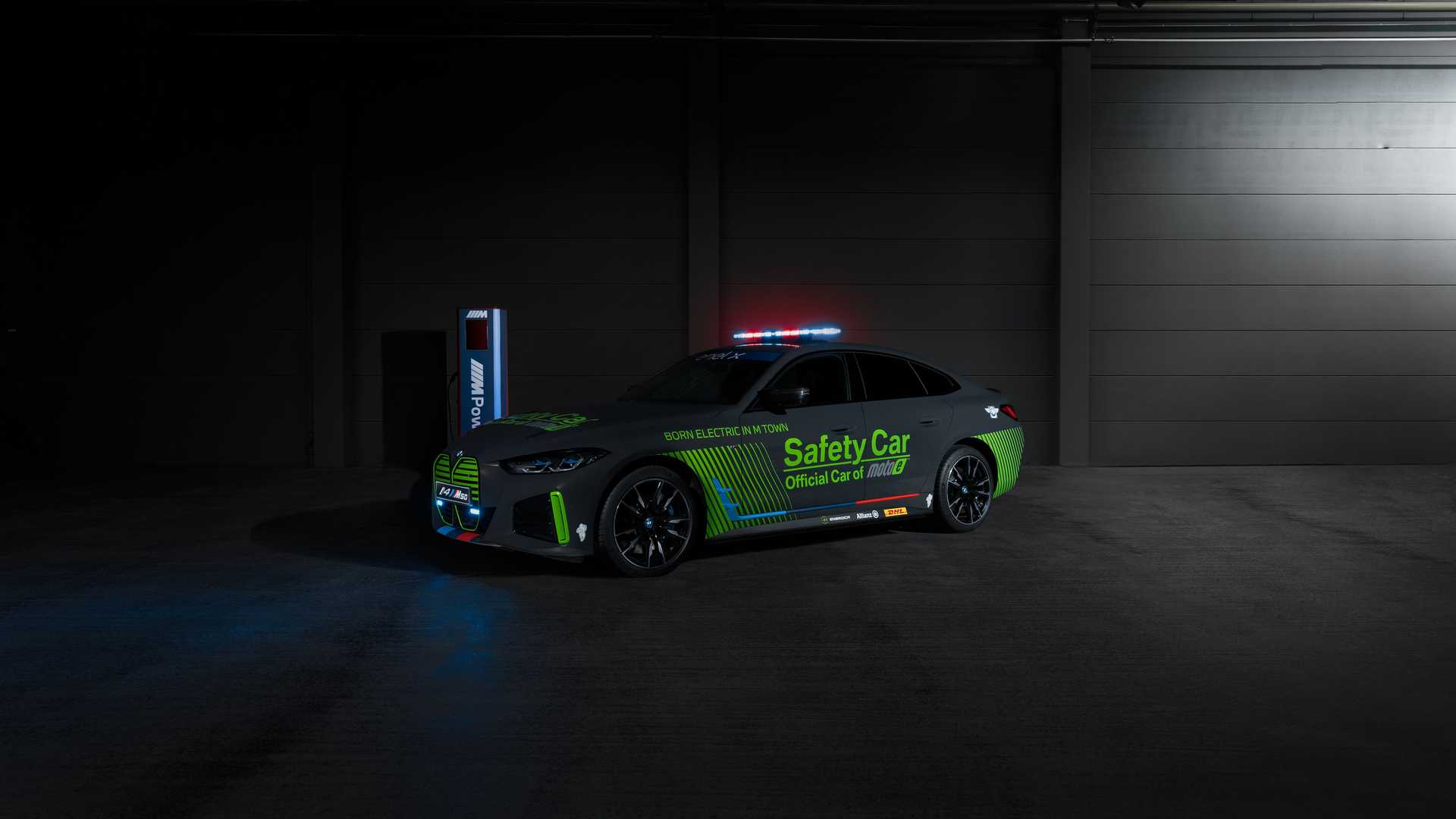Nowadays, the automobile industry is developing more and more rapidly, and it is becoming more and more standardized. There are more and more car models on the market, and the selection of vehicles has become very abundant. In today’s cars, we can see many mainstream design languages, such as sporty body design, sharp headlights, interior triple screen design, large-size multimedia screens, and so on. These automotive design languages will change with the development of the automotive industry. Today, I will talk about the design language that was often seen in cars, why I can’t see it today. It has to be said that each era has its aesthetics and the needs of each era. When the car was first invented, the interior of the car was not the same as it is today. Looking at the five-seater layout of today’s cars, the 2+3 layout mode is usually adopted, that is, two seats in the front row and three seats in the back row. The front seats are separated, and the rear seats are connected together. But in the 1960s and 1970s, the front seats of cars at that time were actually connected to the back seats of today’s cars. It’s like a big sofa in the car, even if there are 3 people in the front row. Of course, even if three people can sit in the front row, the safety will still be worse. The person in the middle does not have a seat belt to wear. The reason why the front row was designed with multiple seats at that time was mainly because the car had fewer functions at that time. The central control area was basically abandoned. With the development of the car configuration, the central control area was gradually paid attention to. For the driving and






